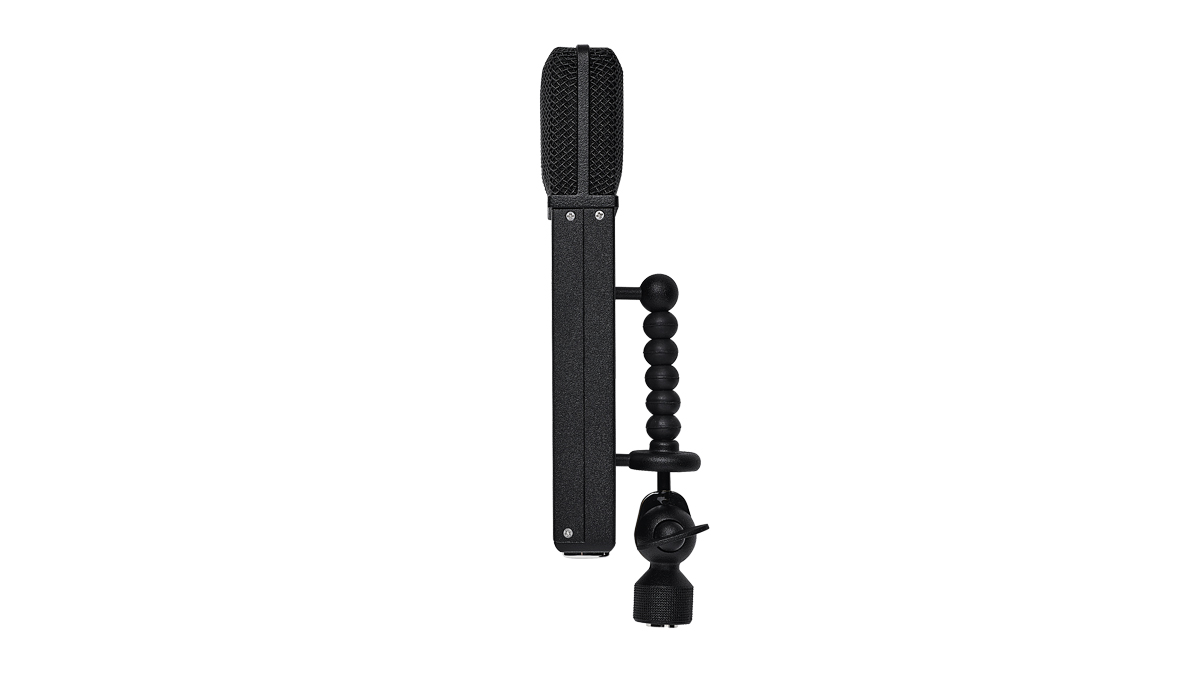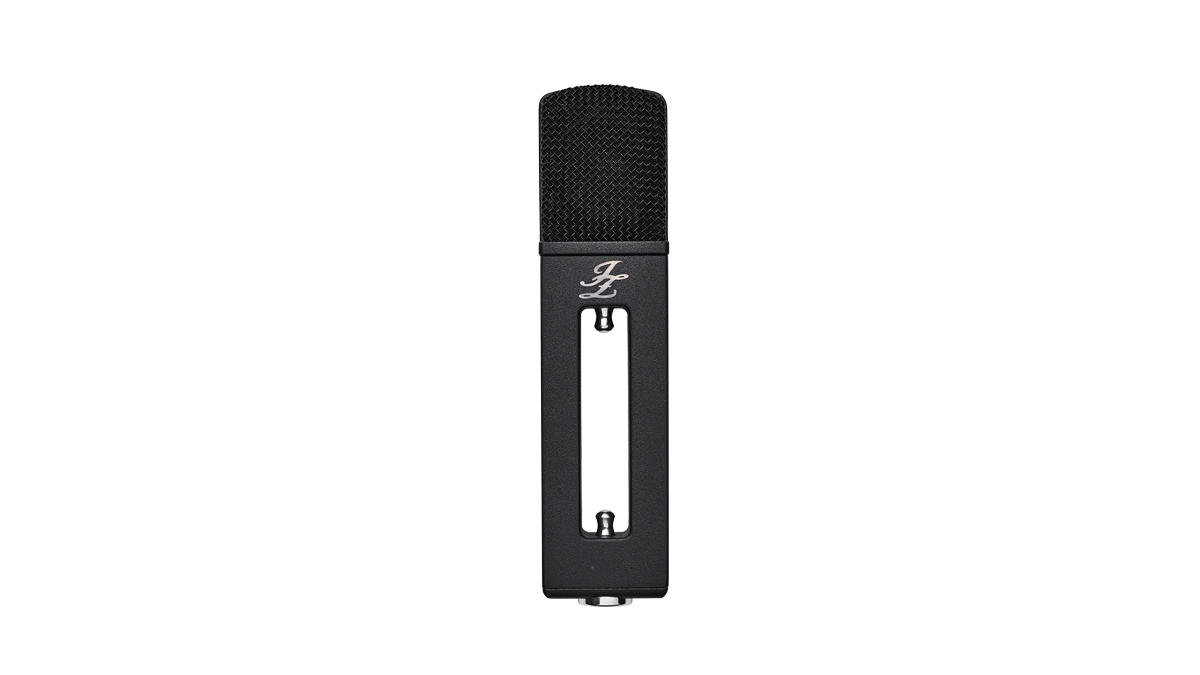MusicRadar Verdict
A beautifully-made large diaphragm condenser with super-quiet electronics and a smooth response. An ideal day-to-day condenser mic.
Pros
- +
Low noise, transformerless electronics.
- +
Eye-catching design.
- +
Sounds great on a wide variety of instruments.
Cons
- -
Designer mic clip doesn’t provide much rumble isolation.
- -
A switchable low-cut filter would be handy.
MusicRadar's got your back
Latvia’s JZ Microphones produces two versions of its Black Hole model, the multipattern BH1 and the cardioid pattern BH2, and it’s the latter model on review here.
The Black Hole BH2 is a large diaphragm phantom-powered condenser built around a centre tapped 27mm single diaphragm capsule. The capsule construction uses JZ’s own Golden Drop system, resulting in a thin and light diaphragm with fewer distortions. The BH2 electronics are transformerless and deliver excellent low self-noise (6.5dB-A) and peak signal handling coupled with pretty healthy sensitivity (21mV/Pa).
JZ offers no specific reason for the Black Hole’s rather novel physical design but the hole in the middle is put to good use for the mic clip, part of which sits in the body of the mic. It’s slightly springy so you squeeze it to slot it onto the mic’s mounting posts, and its rubberised construction means it also acts as an isolation device. In practice, we found it quick to install and quite stable. You can also attach it from either the front or back of the mic, handy when mounting it above things - drum kit overheads for example. On the downside it doesn’t offer much in the way of low frequency isolation from floor and mic stand rumble and an on-body low cut filter would certainly be welcome.

Although quite broad, at 22mm deep the BH2 is pretty shallow front to back and you can get in close to the capsule. Even right up close the proximity effect is not overbearing, but get in closer than about 10cm and you’ll see how sensitive it is to plosives. This is easily resolved with a pop shield, and even with that shield right in close it made a big difference. Even so, it’s clear the mic grille itself offers little wind protection.
Round the back, it has pretty decent rear rejection in mid and high frequencies, and the polar pattern is on the narrow side for a cardioid. The on-axis frequency response shows a modest lift from 2 to 6kHz, and again between 50 and 80Hz. Still, it’s a very smooth plot with no hype in high frequencies. This is borne out on vocals, which sound present but not overly airy.
As mentioned, the proximity effect is modest and this works very well when close-miking acoustic guitar. You’ll often find you’re tackling an inherent boominess and mic positioning can be tricky, but the BH2 handles the task well, plus the low self-noise is perfect when tracking quieter picked styles. Any condenser with a smooth top end is a good candidate for drum kit overheads, and much like JZ’s Vintage 67, which I also tested, the BH2 is a good choice.
Overall the BH2 gets a thumbs up. We have a few misgivings about the clip system and lack of low-cut filter but love the way it sounds on acoustic instruments and vocals, and that’s what really counts.
Jon is a London based platinum award winning mixer, producer, composer and club remixer with a diverse CV that spans dance, pop, rock and music for media. He’s also a long term contributor to MusicRadar's music technology tutorials and reviews. Whether working alone or collaborating he usually handles final mixdowns, so you’ll also find MusicRadar peppered with his handy mixing tips.
“Built from the same sacred stash of NOS silicon transistors and germanium diodes, giving it the soul – and snarl – of the original”: An octave-fuzz cult classic returns as Jam Pedals resurrects the Octaurus
What’s the buzz? Meet Yellowjacket, Cherry Audio's recreation of EDP’s trend-setting Wasp from 1978
“A fabulous trip through all eight songs by 24 wonderful artists and remixers... way beyond anything I could have hoped for”: Robert Smith announces new Cure remix album











